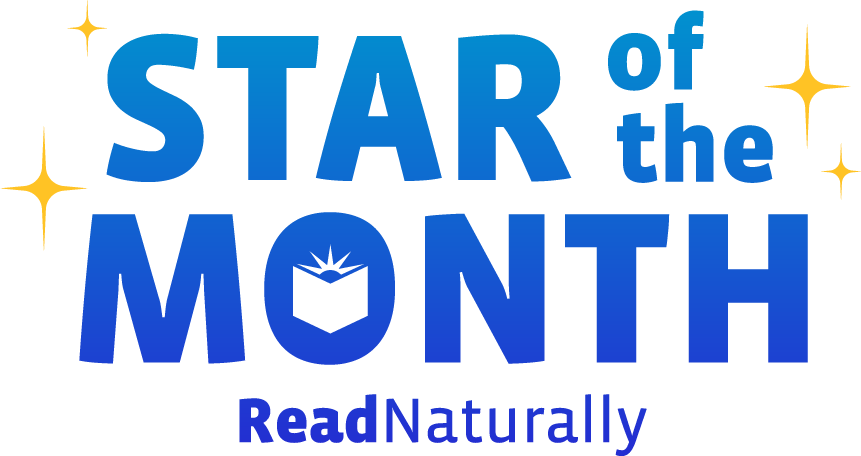Congratulations, Portia P. from Timonium, MD, on being named Read Naturally's Star of the Month for April, 2017. Portia is a fourth-grade student at Harford Day School.
Read more Do speech therapists and reading interventionists work together in your school? Students benefit greatly when these specialists collaborate, and Read Naturally’s phonemic awareness program, Funēmics®, is an ideal tool to facilitate the partnership.
Read more For Read Live students who have been making progress each day for the entire school year, a three-month summer break isn’t ideal. Best-case scenario: They’ll read a lot on their own and continue to make progress. Worst-case scenario: They won’t read at all, and they’ll lose some valuable gains. The worst-case scenario is, unfortunately, more common. But of course, it’s not going to happen to your students! That’s because your students can continue to use Read Live over the summer—for free.
Read more As students learn to read more fluently, many develop a passion for writing. Stories are inspiring and life-changing for students of all ages—and at some point, many of them wonder, “Could I do that, too? Could I write something that other people will enjoy?”
Read more Rachel is a slow keyboarder who needs additional time to type her predictions and retells. Timothy is an ELL student who will benefit most from one read along in Spanish and three in English. James is an older student who needs just one read along and who wants to finish the story each time he practices. Anna is struggling with phonics and needs 75 seconds, as opposed to one minute, for word list timings. Can Read Live accommodate all of these students’ unique needs?
Read more The long Minnesota winter is finally over! The snow is gone, the air is warmer, the sun is shining (sometimes), and now that daylight savings is here, the days suddenly feel longer. As much as I love spring (and truly I do!), it causes me some dismay, because I know how its arrival can negatively impact the work ethic of some students.
Read more This month we applaud Nathanael V. for being named our March Star of the Month. Nathanael is a fourth grade student at Kamala Elementary School in Oxnard, CA.
Read more Does highlighting text as you’re reading it help you learn it better? Is intelligence fixed at birth? Do people have primary learning styles, such as auditory or visual? Do right-brained and left-brained people learn differently? A recent survey of over 3,000 Americans shows that the majority of people answer some of these questions incorrectly. Which questions are they? Do you know the right answers? Take this quiz to find out.
Read more Picture a struggling reader in your mind. What age is the student? When many people think about struggling readers, they don’t picture teenagers or adults. And yet many middle-school, high-school, and adult learners struggle with reading. To help them achieve literacy, an effective intervention is crucial. Unfortunately, many reading interventions are geared toward younger students. The educators on the Read Naturally team have been aware of this problem since well before the company began in 1991. From the beginning, we have insisted that our programs feature high-interest, nonfiction content. The primary reason for this is so that a Read Naturally intervention can work for a learner of any age.
Read more In her recent blog post All Improvement Is Not Equal!, Read Naturally founder Candyce Ihnot explores the relationship between the number of Read Naturally Live stories her students had read between Fall and Winter and their fluency improvement during that time period. Candyce discovered that the students who had read the most stories had made the greatest gains. Dr. Danielle Dupuis of the University of Minnesota's Center for Applied Research and Educational Improvement made the same discovery in her recent analysis of extant data from Read Naturally Live students.
Read more  Share your student’s success story—nominate him or her for our Star of the Month award. Win a Barnes & Noble gift card for the student and a Read Naturally gift certificate for your class!
Share your student’s success story—nominate him or her for our Star of the Month award. Win a Barnes & Noble gift card for the student and a Read Naturally gift certificate for your class!